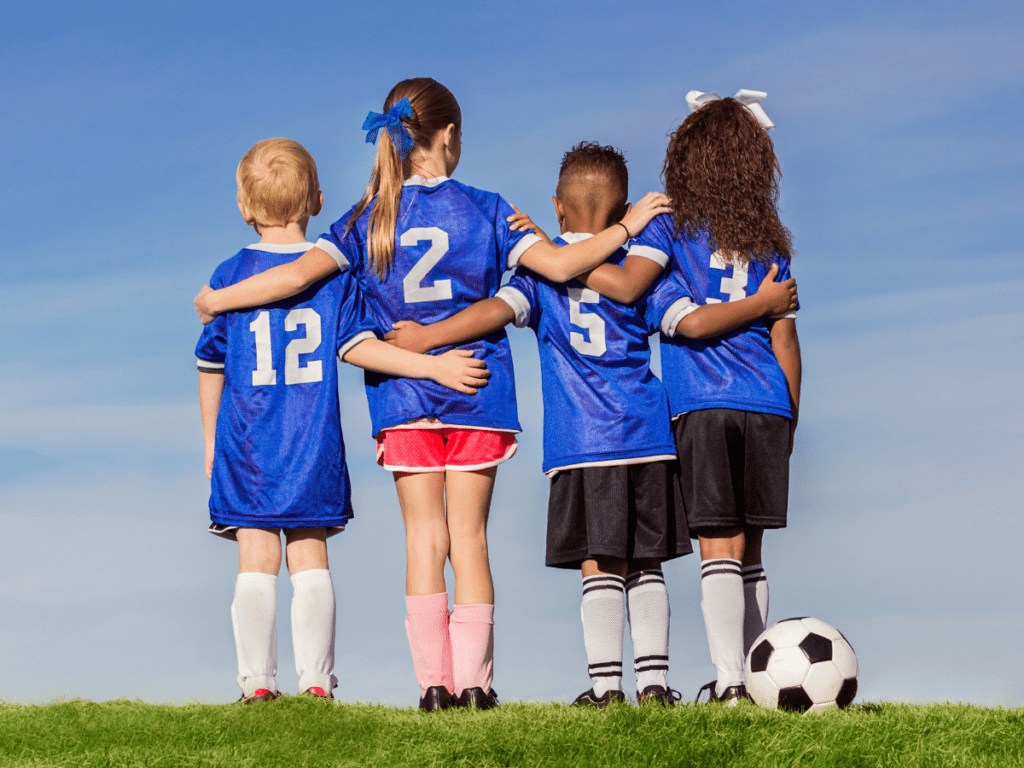Rural children and their communities leading the way toward the enhancement of sports and recreation

View the summary of this research here. The purpose of the study was to engage rural preadolescent children in the development of research questions that are relevant and meaningful to exploring their participation and commitment to sport and other recreational activities. The three objectives were 1) To understand the children’s experience in participation of sport,…
Nutrition for youth athletes
Youth is a time of rapid physical development and growth, and a time when many athletes’ participation in sport also changes. Proper nutrition is key to ensuring healthy growth and injury prevention. Research shows that nutrition advice for adolescent athletes should focus on long-term development and sustainable practices, rather than emphasizing body composition.
Supporting elite athletes postpartum
There are limited supports in place for elite athletes returning to sport after pregnancy. A recent Canadian study, based on interviews with elite athletes, identifies key actionable steps for sport organizations to take to support postpartum athletes. Examples of these steps include: screening athletes for psychological and physical readiness in return to training, providing lactation…
RED-S in Para sport
Relative energy deficiency in sport (RED-S) can impact athletes’ sports performance and increase their risk of illness and injury. While RED-S can impact all athletes, it has been suggested that Para athletes may be at an increased risk. To better understand, detect and treat RED-S in Para athletes, there is a need to include more…
Continuing to play after a concussion
Research shows that for every 30 minutes of sport participation an athlete engages in after a concussion, their days to symptom resolution increase by over 8%. More simply, continuing to play after a concussion can lead to a longer recovery. Highlighting the importance of stopping play after a concussion in terms of long-term health and…
Promoting outdoor recreation for youth
Because natural environments have natural rules with real and immediate consequences, they offer youth maximal opportunities for mastery of new skills. Evidence demonstrates that outdoor recreation not only improves youth wellbeing but may also enhance the likelihood of participation in outdoor activities.
What coaches need to know about low energy availability
Low energy availability (LEA) refers to when an athlete has an insufficient energy intake compared to their energy expenditure. Yet, coaches remain relatively unaware of symptoms and causes of LEA. This review synthesizes findings on LEA from 1986-2021 so that coaches can be better prepared to support athletes.
Moral values identity moderates relationship between sport supplement use and doping
Research suggests that sport supplement users are more likely to use prohibited substances to improve performance than non-users. But, a recent study showed that an athlete’s personal morality plays an important role in an athlete’s decision to dope, even if they are a supplement user.
Holistic ecological approach to athlete development
A holistic ecological approach (HEA) to athlete development focuses on thinking beyond solely the confines of a training session, and instead taking into account all the settings, relationships and networks of an athlete’s life. Coaches seeking to implement HEA can try taking into account other stressors in athlete lives (for example, exam schedules), manage training…
Beyond food as fuel: Exploring women athletes’ relationship with food
Athletes’ relationship with food can be complicated. This is especially true for women in sport, who tend to have higher rates of disordered eating. The role of sport participation in athletes’ relationship with food is not straightforward. Some studies suggest that sport participation itself can make disordered eating more likely. Other research highlights the many…